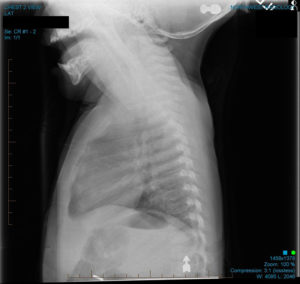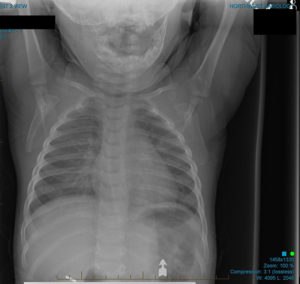Most drownings and near-drownings occur during late spring and summer (May through August), and Northwest Radiology’s Dr. Marc Underhill recently spoke with WTHR-TV Channel 13 about drowning, the misleading term “dry drowning,” and symptoms to look for after having a water-related incident.
- Drowning is the No. 1 cause of unintentional injury-related death for children ages 1-4.
- It is the No. 2 cause of unintentional injury-related death for children up to 14.
- Drowning is a process of aspiration leading to hypoxia and eventually cardiac arrest. However, it is not synonymous with death: it can be interrupted.
- “Dry drowning” or “secondary drowning” are both misleading terms propagated by social media – causing a lot of unnecessary panic surrounding the idea that some patients may worsen due to pulmonary edema after aspirating small amounts of water. (reference below or other articles)
- Anyone who experiences consistent cough, breathlessness or other worrisome symptoms such as vomiting or extreme sleepiness within 8 hours of a water-related incident should seek medical advice immediately.
- Prevention is key! Small children should be continuously and uninterruptedly supervised within arm’s reach while in the water, even if a lifeguard is present.
- Other preventive measures are lifejackets, fences completely enclosing pools or ponds, and swimming and water safety lessons.


 Northwest Radiology Network welcomes Richard Leroy Becker, M.D., as a new pediatric radiologist.
Northwest Radiology Network welcomes Richard Leroy Becker, M.D., as a new pediatric radiologist. Northwest Radiology Network welcomes Rachel Elizabeth Seltman, M.D., as a new neuroradiologist.
Northwest Radiology Network welcomes Rachel Elizabeth Seltman, M.D., as a new neuroradiologist. After receiving his Bachelor of Science in nuclear engineering from Purdue University in West Lafayette, Dr. Brown received his Doctor of Medicine from the Indiana University School of Medicine.
After receiving his Bachelor of Science in nuclear engineering from Purdue University in West Lafayette, Dr. Brown received his Doctor of Medicine from the Indiana University School of Medicine.
 Northwest Radiology Network President and CEO W. Kent Hansen M.D., Ph.D. is now the newest member of the Strategic Radiology executive committee.
Northwest Radiology Network President and CEO W. Kent Hansen M.D., Ph.D. is now the newest member of the Strategic Radiology executive committee. Northwest Radiology Network Executive Director and CFO Linda Wilgus, CPA, MBA, has been named president-elect of the Radiology Business Management Association (RBMA).
Northwest Radiology Network Executive Director and CFO Linda Wilgus, CPA, MBA, has been named president-elect of the Radiology Business Management Association (RBMA).




